Ball Joints online
A Ball Joints online is a flexible joint that connects the suspension of a vehicle to its wheels. It allows the suspension to move up and down, as well as side to side, while keeping the wheels in contact with the ground. Ball joints are an important part of a vehicle’s suspension system and helps ensure a smooth ride.
How the Ball Joint Works
A ball joint is a type of mechanical linkage that connects two moving parts, typically in a vehicle suspension. Ball joints allow smooth movement in all directions while supporting the weight of the vehicle.
Most vehicles have four ball joints — two at the front and two at the rear. The ball joints are what allow your wheels to move up and down as you drive over bumps, and they also keep your wheels pointing straight ahead as you turn.
Over time, ball joints can wear out, causing your suspension to feel loose or your steering to feel sloppy. If you suspect your ball joints are worn, have a mechanic check them as soon as possible.
Problems Associated with Ball Joints
As ball joints age, the risk of problems associated with them increases. The most common problem with ball joints is that they can become loose, which can lead to a loss of control of the vehicle. If a ball joint becomes loose, it can cause the wheel to wobble and make the car difficult to steer. In extreme cases, a loose ball joint can cause the wheel to come off entirely.
Another problem that can occur with ball joints is wear and tear. Over time, the joint can become worn down, making it less able to support the weight of the vehicle. This can eventually lead to the joint breaking completely, which can be extremely dangerous.
If you suspect that your vehicle’s ball joints may be starting to fail, it’s important to have them checked out by a qualified mechanic as soon as possible. Ignoring the problem could lead to serious accidents or injuries.
Types of Ball Joints
There are three main types of ball joints: upper, lower, and steering. Each type has a different function and is critical to the proper functioning of your vehicle.
Upper ball joints connect the control arm to the steering knuckle. They allow the suspension to pivot up and down, as well as side-to-side, and are responsible for absorbing shocks from bumps in the road.
Lower ball joints connect the control arm to the wheel spindle. They allow the suspension to pivot up and down, but not side-to-side. Lower ball joints are responsible for supporting the weight of the vehicle and keeping the wheels in contact with the ground.
Steering ball joints connect the steering knuckle to the steering rack or box. They allow the wheels to turn left or right and are what makes your car steerable.
Replacing a Ball Joint
If a ball joint begins to fail, it should be replaced as soon as possible. Ball joints are essential to the safety of your vehicle, and if one fails while you’re driving, it could cause serious accidents.
To replace a ball joint, you’ll need to:
– Jack up your vehicle and support it on jack stands
– Remove the tire and wheel
– Disconnect the sway bar link or lower control arm
– Using a ball joint separator tool, remove the old ball joint from the knuckle
– Install the new ball joint into the knuckle
– Reconnect the sway bar link or lower control arm
– Install the tire and wheel
– Lower your vehicle back down to the ground
Preventative Measures for a Car’s Ball Joints
One of the best ways to prolong the life of your car’s ball joints is to regularly clean and lubricate them. You can do this yourself with a few simple tools, or you can take it to a professional mechanic.
Another preventative measure is to have your alignment checked regularly. This will help ensure that your ball joints are not under excessive stress.
If you notice any strange noises or vibrations coming from your suspension, it is important to have it inspected as soon as possible. This could be a sign that your ball joints are starting to wear out and need to be replaced.
Be the first to review “Ball Joint – Front, Driver and Passenger Side, Lower” Cancel reply
Related products
Brakes, Suspension & Steering
Brakes, Suspension & Steering
Pro-Line Series Front and Rear 4-Wheel Set OE Replacement Brake Disc
Brakes, Suspension & Steering
Brakes, Suspension & Steering
Brakes, Suspension & Steering
Brakes, Suspension & Steering
Brakes, Suspension & Steering
Pro-Line Series Front, Driver or Passenger Side Sold individually OE Replacement Brake Disc
Brakes, Suspension & Steering
Ball Cup Bushing for Shift Lever – Replaces OE Number 23-41-1-466-110



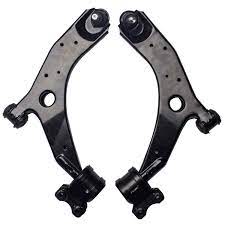
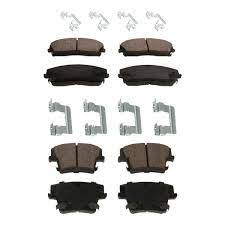

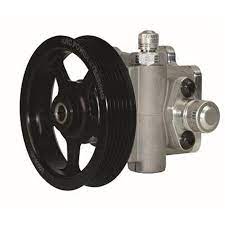
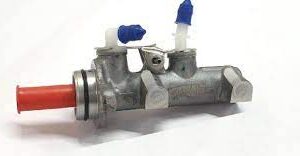

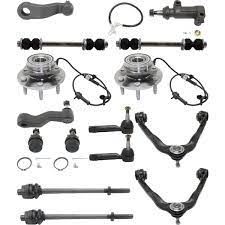

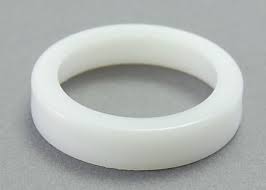
Reviews
There are no reviews yet.